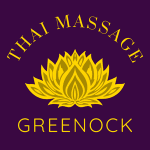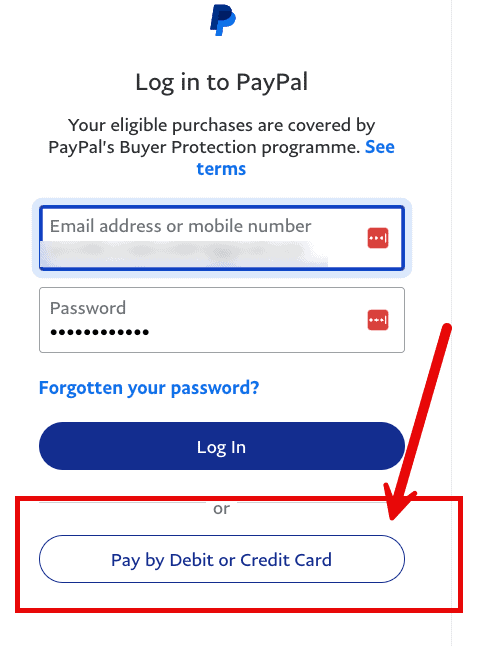News reports & helpful information on Thai Massage Greenock.
Plantar fasciitis is a painful condition affecting the heel, arch, and sole of the foot. It can often be treated with rest and icing, but some cases are more stubborn than a toddler in a toy store, and when it sticks around you need the right tools to kick it to the curb. If you’ve got persistent pain from plantar fasciitis and you’re searching for a natural way to get rid of it, this article will help you do just that.
A common foot injury, plantar fasciitis is caused by inflammation of the fibrous sheath that wraps around the sole of the foot called the plantar fascia. If you can picture the body’s equivalent of Saran wrap layered on top of the muscles and underneath the skin, that’s what fascia is.
The plantar fascia connects the heel bone with the ball of the foot, and forms the arch of the foot, and is vital for standing, walking, and supporting the weight of the body.
When this fascia on the bottom of the foot becomes inflamed, this can cause plantar fasciitis, which manifests as pain in the heel and foot. While it can happen to anyone, you’re more likely to get it if you participate in high-impact activities like jogging, dancing, or basketball.
If you’ve been experiencing sharp pain in the heel or arch — particularly first thing in the morning or during periods of inactivity — and you’ve been diagnosed with plantar fasciitis, there are natural solutions you can try at home. Today we’re going over three of the best home treatments in detail.
1. Toss the Old Sneakers (and the Stilettos, Too)
You may be surprised to hear that one of the main causes of plantar fasciitis is worn-out sneakers. It’s true, that sweaty old pair of gym shoes you just can’t live without could be the culprit for your heel pain.
Plantar fasciitis is common in athletes, particularly runners. In fact, up to one in ten runners will get plantar fasciitis at some point, and most athletes could stand to replace their footwear more often. If it’s been many months (or even years) of hard use in the same pair of shoes, it’s time to retire them and move on to a new pair that has a solid base.
When it comes to workplace and casual wear, it’s important to be aware of the amount of support in the shoe and the height of the heel. High-heeled shoes have been shown to actually change the alignment of the foot and ankle, creating a negative chain reaction that can travel as far up as the lower spine. Doctors and physical therapists agree that the primary factor when choosing women’s footwear should be foot and whole-body health, rather than purely aesthetics.
Over time, shoes can actually cause the muscles of the foot to weaken and place unnecessary strain on the structures surrounding the plantar fascia, so wearing shoes with proper support, particularly in the arch area, is key to beating plantar fasciitis. A low to minimal heel and plenty of room in the toe box for natural movement are both important for avoiding foot dysfunction.
2. Deep Tissue Massage For Plantar Fasciitis
Since plantar fasciitis is essentially a repetitive strain injury to the fibrous tissue on the underside of the foot, massage therapy is a helpful treatment for relieving that strain. In particular, deep tissue massage is the technique of choice for heel pain caused by plantar fasciitis.
Deep tissue massage is particularly helpful because it loosens the tendons, ligaments, and fascia that have become painfully tight over time, relaxing them back into their normal posture.
You can hire a professional massage therapist from Zeel’s network to use deep tissue massage to break up the scar tissue caused by chronic inflammation and loosen up the fibrous tissue band, allowing it to return to its natural shape.
To massage the area yourself, you can use a rolling pin, baseball, or tennis ball on the sole of your foot to roll out the plantar fascia, gradually applying more pressure once it’s tolerable. Do this self-massage with a bare or stocking foot twice a day for 1 to 3 minutes at a time.
If you want a professional to massage your plantar fasciitis using deep tissue techniques, you can schedule a massage with a massage therapist in Zeel’s network.
3. Strengthen The Structure Of The Foot
When plantar fasciitis strikes, the fibrous band of tissue has been stretched so taught that it weakens over time, so building back up strength in the base of the foot and lower leg is crucial to gaining back your foot health.
Stretching the plantar fascia and Achilles tendon will help to strengthen the lower leg muscles, which stabilize the foot and heel.
You can stretch your calves and the bottom of your foot with nothing more than a wall and an open space to stand. Stand with your foot directly in front of the wall with your shoe off. Face the wall and place the toes of one foot on the wall with the heel on the ground and lean slightly forward, toward the wall. The ball of the foot should be on the wall, an inch or so off the ground, and you’ll feel a gentle stretch across the bottom of the foot. Hold the stretch for ten to twenty seconds and then switch to the other foot.
Building up this strength in the foot again will take time, and should be done by gentle stretching along with the adjustments to footwear and consistent deep tissue massage.
The post End Plantar Fasciitis Pain: Three Tricks You May Not Have Considered appeared first on Zeel.
This post End Plantar Fasciitis Pain: Three Tricks You May Not Have Considered was provided on this site.
We trust that you found the post above of help or interesting. You can find similar content on our main sitewebsite thaimassagegreenock.co.uk.
Please let me have your feedback below in the comments section.
Let us know which subjects we should write about for you in future.
Thai Massage Newsletter
To make sure you don’t miss out on any new posts or promotions that we introduce, sign up for our newsletter.
Once a month we run a special promotion for our newsletter members, so sign up now to make sure you don’t miss out.
It’s free and full of great health and nutrition tips and advice on how we can help you achieve your health and fitness goals.





